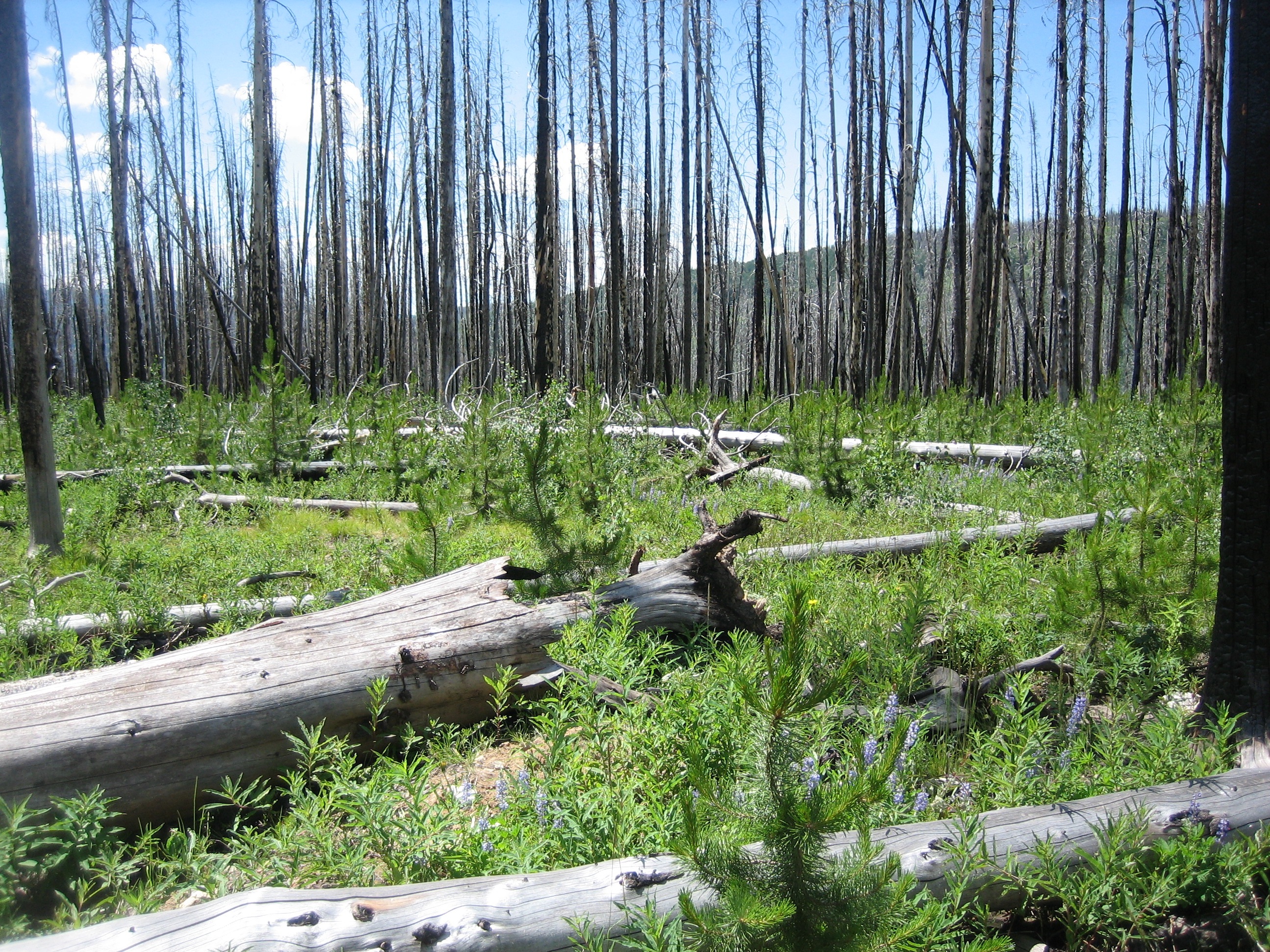Carol A. Wessman

Ph.D. University of Wisconsin, 1987
Professor, Ecology and Evolutionary Biology Department
Earth Science and Observation Center
E-mail: carol.wessman@colorado.edu
Office: Ekeley W265B
Phone: 303-492-1139
Web: Wessman Research Group
Research Interests
Ecosystem ecology, landscape ecology, regional and global biogeochemical cycling, ecological applications of remote sensing and geographic information systems. Current research includes studies of ecosystem controls over biophysical fluxes (CO2, water and energy) within global grasslands and semiarid lands utilizing remotely sensed spectral data in conjunction with simulation models; scaling site-level ecology to landscape and regional scales in the alpine; quantitative methods that link spatial patterns and ecological processes at broad spatial and temporal scales.
Current Research: Multiple forest disturbances, their interactions, and cumulative effects on carbon dynamics in forest ecosystems
Disturbances have a strong role in the carbon balance of many ecosystems, and the cycle of vegetation growth, disturbance, and recovery is very important in determining the net carbon balance of terrestrial biomes. Despite potentially large losses of carbon in disturbance events (due to combustion, decomposition, or other mechanisms), resilient systems can recover that balance to remain neutral over the disturbance return interval. Conversely, lack of recovery may initiate alternate regimes with a different carbon balance. Compound disturbances are phenomena of growing concern and can further impact ecosystems in novel ways, altering disturbance intensity, severity, and recovery trajectories.
This research focuses on carbon stocks in a compound disturbance environment, with special attention on black carbon (charcoal). Black carbon is a potential source of long-term carbon sequestration, as it is very resistant to decomposition, formed in fires, and has numerous other benefits such as increasing soil fertility. We extensively surveyed a compound disturbance event (wind, logging, and fire) in a Colorado subalpine forest for impacts on carbon stocks, black carbon, and regeneration. We considered all major pools, including organic and mineral soil, and contrasted them with neighboring undisturbed forests as a reference.
The disturbances had an additive effect on carbon loss, with increasing numbers of disturbances resulting in progressively decreasing carbon/black carbon stocks. We interpret this as resulting from substrate availability and fire intensity, and there was no significant difference between unburned and burned plots in terms of total black carbon. Given literature-derived decay rates, it appears that high-intensity fires may actually reduce net black carbon in these forests over the entire fire return interval, with additional disturbances compounding the loss.

Standing dead and regeneration 10 years after the 2002 Mt. Zirkel Complex fires, Colorado. Photo credit: Carol Wessman/CIRES/CU-Boulder
Publications
Click here for a complete list of published works »
Dr. Wessman is a member of the CIRES Professor.

